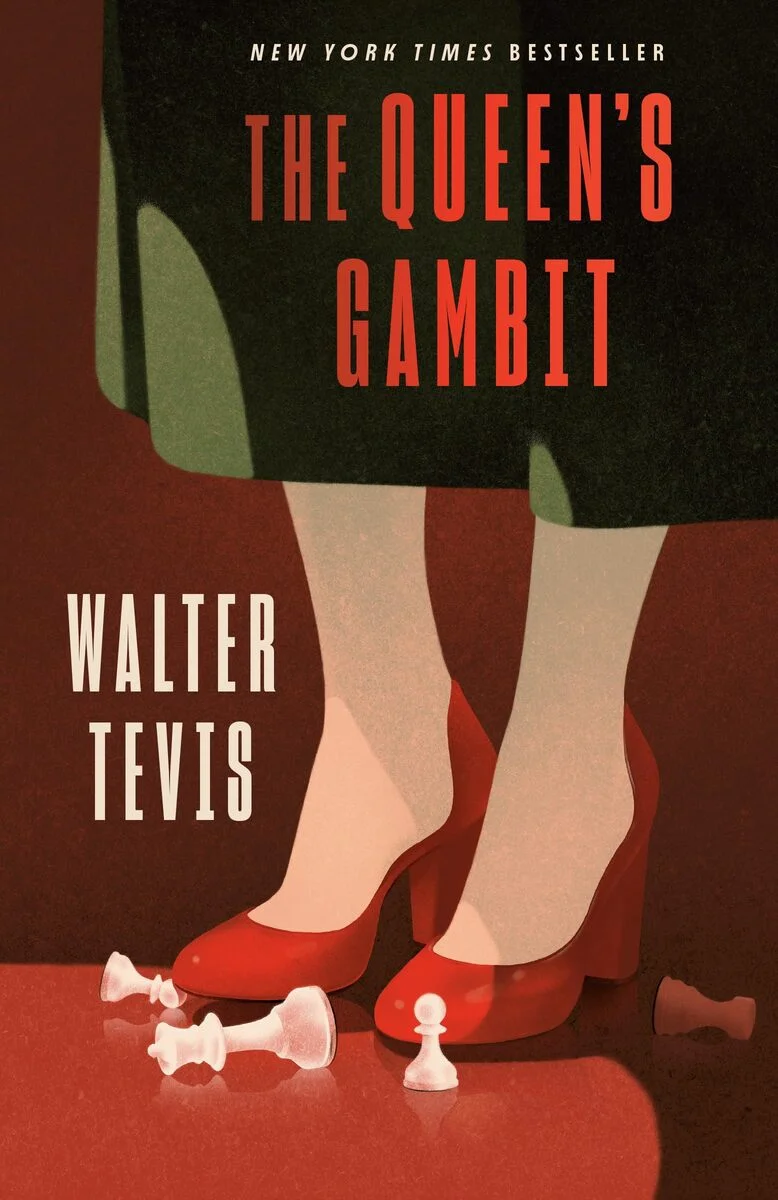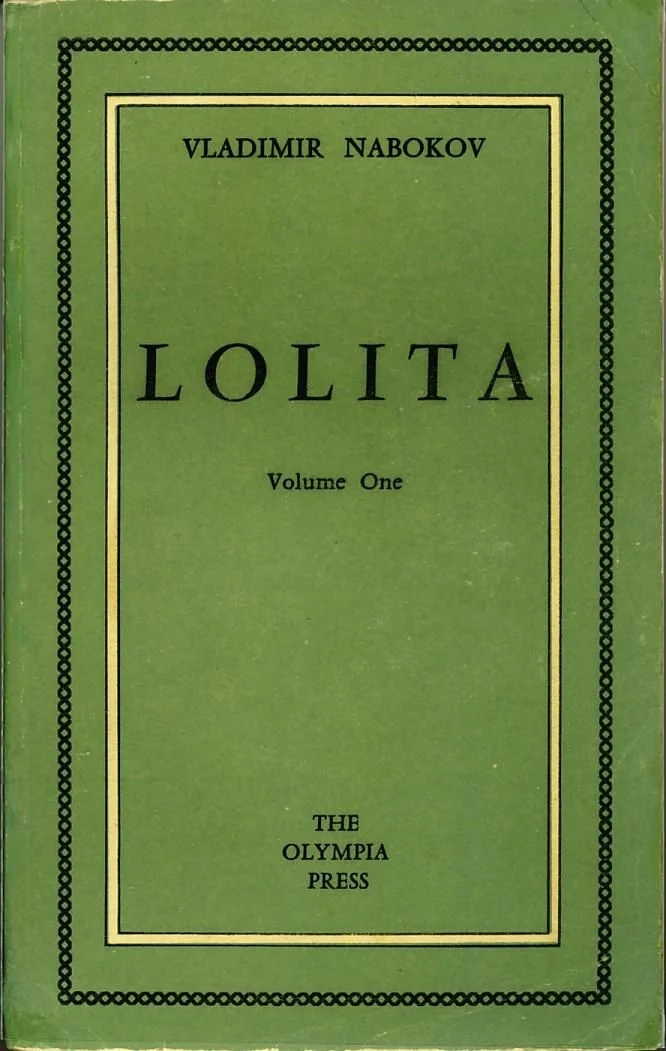When The Queen’s Gambit premiered on Netflix in October 2020, it became an unexpected cultural sensation. With its compelling protagonist, tense chess matches, and lush 1960s aesthetic, the series captivated millions.
Yet the journey from Walter Tevis’s 1983 novel to a global streaming hit was anything but simple.
The adaptation process required not just a keen understanding of the original text, but also the vision and dedication of a team that believed in the story’s resonance across generations.
The Origins of a Literary Underdog
Walter Tevis, known for novels like The Hustler and The Man Who Fell to Earth, published The Queen’s Gambit late in his career. It told the story of Beth Harmon, an orphaned chess prodigy battling addiction and inner demons while rising to the top of the competitive chess world. Though critically appreciated, the novel remained a cult favorite, never achieving the mainstream recognition of Tevis’s earlier works.
The book explored complex themes: genius and obsession, gender inequality, emotional isolation, and the psychological cost of excellence. These layers made it ripe for adaptation, but also posed challenges in bringing such an internal, character-driven narrative to a visual medium.
A Long Path to the Screen
Before becoming a Netflix phenomenon, The Queen’s Gambit lingered in development limbo for decades. Several filmmakers expressed interest, including the late Heath Ledger, who reportedly wanted to make it his directorial debut. After his passing, the project stalled until writer-director Scott Frank picked it up.
Frank, known for Godless and Logan, partnered with producer Allan Scott—who had held the rights to the book for over 30 years. Together, they crafted a seven-episode miniseries that would remain faithful to the spirit of Tevis’s novel while expanding its emotional and cinematic reach.
Choosing the Right Format
Opting for a limited series instead of a feature film was a pivotal decision. The novel’s depth required time to fully explore Beth’s psychological evolution and the nuances of her relationships. A movie might have condensed key arcs, while the miniseries allowed for a slow burn—mirroring the deliberate pace and strategy of chess itself.
The episodic format also helped build tension and character development. Each chapter marked a significant phase in Beth’s life, from her traumatic childhood to her crowning victory in Moscow. Viewers were invited to grow with her, making her triumphs and setbacks feel personal.
Anya Taylor-Joy: A Star as Magnetic as Beth
Casting Anya Taylor-Joy as Beth Harmon was a turning point for the series. With her piercing gaze and unique screen presence, Taylor-Joy brought a complex blend of vulnerability, confidence, and quiet intensity to the role. Her performance earned widespread acclaim and played a crucial role in drawing viewers who might otherwise have overlooked a show centered on chess.
Taylor-Joy embodied Beth’s contradictions—her brilliance and fragility, her independence and longing for connection. She communicated volumes with subtle expressions, anchoring a character who often existed more in thought than in dialogue.
Visualizing the Game of Chess
One of the greatest challenges in adapting The Queen’s Gambit was making chess compelling for a broad audience. Though it’s a highly intellectual game, its lack of physical action can be difficult to translate to screen. The production team tackled this by treating chess matches like cinematic set pieces—full of tension, rhythm, and emotional stakes.
To achieve authenticity, the producers consulted with chess masters Garry Kasparov and Bruce Pandolfini. They designed real sequences of play for each match, ensuring accuracy while allowing camera angles, music, and performance to elevate the drama.
The show also made effective use of visual metaphors. Beth’s hallucinations of chess games on the ceiling, for example, served both as artistic flourishes and insights into her strategic genius. Such elements gave audiences a glimpse into the way her mind worked, turning abstract skill into visual storytelling.
Production Design and Style
From costume to color palette, the aesthetics of The Queen’s Gambit were meticulously crafted to evoke the era while reinforcing character development. Each location—be it an orphanage basement or a Moscow tournament hall—was chosen and styled to reflect Beth’s internal world.
Costume designer Gabriele Binder used fashion to track Beth’s growth. Early in the series, she wears muted tones and practical clothing. As her confidence and fame grow, her wardrobe becomes bold, stylish, and symbolic of her control over her life and image.
Meanwhile, cinematographer Steven Meizler used framing, lighting, and movement to convey emotional states. Intimate close-ups captured Beth’s isolation or concentration, while wide shots emphasized her detachment from others, even in moments of public victory.
Modern Resonance of a Period Story
Though set in the 1960s, the story of The Queen’s Gambit resonated deeply with contemporary viewers. Audiences connected with Beth’s struggles as a woman in a male-dominated field, as well as her battle with addiction and the search for identity. Her journey reminded many that brilliance often comes with cost—and that self-discovery can be as difficult as any competition.
The timing of the show’s release during a global pandemic may have amplified its impact. As millions faced isolation, uncertainty, and personal reflection, Beth’s solitary pursuit of excellence and meaning felt uniquely relevant.
Global Impact and Cultural Shifts
The success of The Queen’s Gambit extended far beyond viewership numbers. It reignited global interest in chess, leading to spikes in chessboard sales, app downloads, and online tutorials. More importantly, it reshaped public perception of the game—casting it not as a dry intellectual exercise, but as a compelling battleground of emotion, intelligence, and strategy.
The show also opened conversations about gender in competitive spaces. Beth’s victories weren’t framed as feminist statements but were made more powerful because of their understated authenticity. She simply played better—forcing those around her to reckon with talent, not gender.


